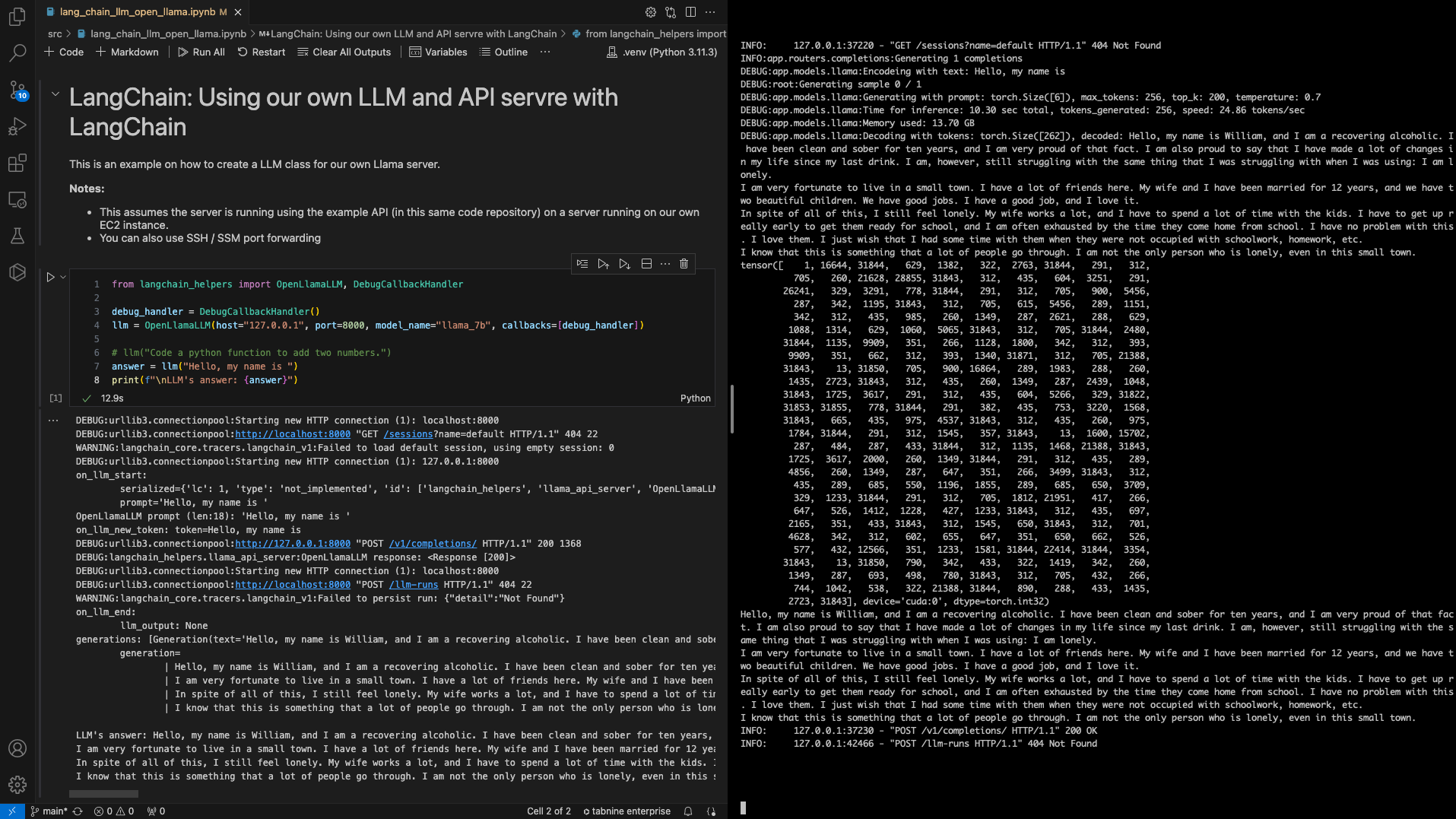Large Language Models (LLMs) From Dummies: Tutorial
This is a series of introductory tutorials about language models (such as GPT).
Description
A technical introduction to the topic of language models (LLMs), explaining the basic concepts, and creating sample code.
In these tutorials we fully implement a language model from scratch; including all the tools to train and use the model.
Audience
The audience is assumed to be technical, but non-experts on neural networks.
We assume coding skills (Python), basic understanding of what a neural network is, what “back-propagation” is. If you don’t remember the concepts, a quick brush up before the tutorials should be enough.
You are NOT assumed to be an expert practitioner on neural nets.
Tutorial
- LLMs from dummies - part 1
- LLMs from dummies - part 2
- LLMs from dummies - part 3
- LLMs from dummies - part 4
Topics
Part 1: Attention
- A simple language translation program
- Tokens, dictionaries
- Approximating keys: Levengstein distance
- A "Machine Learning" approach
- Encoding: One-Hot encoding,
- Vocabularies
- HashMap as a matrix multiplication
- Relaxing "one hot"
- Cosine similarity, SoftMax
- Attention Mechanism
- Tokenization: BPE (analogy to compression)
- Embeddings (Word2vect, Autoencoder)
Part 2: Transformers & GPT
- Brief recap of Part 1
- Language model (moving away from the "translation" example)
- How the model works
- Predicting the next token
- Blocks and data flow
- Nomenclature:
block_size,n_embed, etc.
- Language Model 1: Putting it all together
- Model training: Boilerplate code
- PyTorch implementation
- Trivial tokenizer
- Creating a Dataset
- Training loop
- Predicting
- Model performance: What went wrong?
- Attention Revisited
- Problem: "The model is cheating"
- Masked attention
- Softmax masking trick
- Masked Attention: Improved model
- Multi-Headed Attention
- Positional Encoding
- Language Model 2
- Feed-Forward layer: ReLU layer
- Language Model 3
- Transformer Blocks
- Language Model 4
- Training deep networks
- Vanishing & Exploding Gradients
- Residual connections
- Layer Normalization
- Dropout
- Language Model 5
- Scaling the model
- Transformer architecture
- Encoders stack / Decoder stack
- Contextual embeddings
- Transformers
Part 3: Train, Human feedback, and Model scales
- Recap of previous tutorials
- Running "Lit-Lllama" on EC2. See
install_llm_in_ec2_comand_line.md.md- Select an EC2 instance
- Installing GPU drivers
- Install "Lit-Llama" model
- Transformer: Encode & Decoder
- Translation: How it operates
- Contextual Embeddings
- Encoder-Decoder link
- Vector databases
- Key Concepts
- Document summarizations
- Embedding similarity
- Pre-training vs Training
- Reinforcement Learning
- Proximal Policy Optimization (PPO)
- Instruct models
- Fine-tunning vs Adapting
- LORA: Low Rank Adaptation
- PERF
- Frozen models + multiple adaptations
- Instruct models
- GPT: Generative Pre-trained Transformer
- Model Scales
- GPT-1, GPT-2, GPT-3, GPT-4, PaLM
- Emergent behaviours
- Model training costs
Detailed tutorial steps: See install_llm_in_ec2_comand_line.md for details on how to install the example LLM API
Part 4
- Recap of previous tutorials
- Prompt engineering
- The prompt is the LLM's "API"
- Prompt length / information
- Why do oyu need "prompt engineering"
- Roles: system, user, assistant, function
- Prompt enginering techniques
- Zero-shot
- Few-Shot
- Chain of thought
- Tree of thought
- Open API example (using
curl) - Tools: Combining LLMs with external tools/functions
- Example from "Chain of thought"
- Function call (from OpenAI)
- Code example
- Frameworks: LangChain
- Framework's abstractions
- Simple Code example
- LLMs, Prompt templates
- Output parsers
- Memory
- Chains
- Tools
- Agents / Code example
- OpenAI functions / Code example
- Vector databases
- Why do we need them?
- Basic concepts
- Embedding vectors for document search
- Retreival-Augmented Generation
- Using LLMs with Vector Databases
- Refinement
- Map-Reduce
- Quick review of scaling models in GPUs
- Single GPU
- Multiple GPUs: DDP, ZeRO, Pipeline-Parallelism, Naive Parallelism
- GPU usage Bubbles
- Tensor parallelism
Detailed tutorial steps: See install_llm_in_ec2_API_server.md for details on how to install the example LLM API server.
Examples
See this Jupyter Notebook on using LangChain with your own LLM and API server running on an EC2 instance
See install_llm_in_ec2_API_server.md for details on how to install the example LLM API server.
See install_llm_in_ec2_comand_line.md for details on how to install the example LLM API


